The following entries are excerpts from Chad Bird’s new book, Untamed Prayers: 365 Daily Devotions on Christ in the Book of the Psalms (1517 Publishing, 2025), pgs. 311 and 335
09/29/25
Why did the church dedicate a day to St. Michael anyway? Who is he, and what does he do?
09/26/25
The Antichrist offers another continual presence. It is every whisper that tempts us toward autonomy, that tells us to carry it alone, that insists suffering is meaningless.
All Articles
Author
- All Authors
- 1517 Guest Contributor
- 1517 Publishing
- 1517 Staff
- A. A. Just Jr.
- A.J. Vega
- Aaron Boerst
- Adam Francisco
- Adam Stetson
- Amy Mantravadi
- Andrew Foss
- Anthony DiLiberto
- Blake Flattley
- Bob Hiller
- Bob Sundquist
- Bonnie Petroschuk
- Brad Soenksen
- Bradley Gray
- Brandon Hanson
- Brandon Pangman
- Brennan Manning
- Brian W. Thomas
- Bror Erickson
- Bruce Hillman
- C.S. Lewis
- Caleb Keith
- Chad Bird
- Charles E. Fry
- Christopher J. Richmann
- Cindy Koch
- CJ Armstrong
- Craig Donofrio
- Dan Chrismer
- Dan van Voorhis
- Dan Weber
- Daniel Deen
- Daniel Emery Price
- Daniel Stenberg
- David Clay
- David Rufner
- David Schmitt
- Debi Winrich
- Delwyn Campbell
- Dominick Santore
- Donavon Riley
- Edward Killian
- Elyse Fitzpatrick
- Erick Sorensen
- Gage Jordan
- Gerhard Forde
- Grant Klembara
- Greg Koukl
- Gretchen Ronnevik
- Haroldo Camacho
- Hermann Sasse
- Jacob Corzine
- Jacob Smith
- Jake Allstaedt
- Jared C. Wilson
- Jason Lane
- Jason Lang
- Jason Oakland
- Jay Sawrie
- Jeff Mallinson
- Jeffrey Pulse
- Jenifer Mohan
- Jessica Delgado
- Jessica Thompson
- Jim Nestingen
- Joel Fitzpatrick
- Joel Hess
- Joey Goodall
- John Bombaro
- John Bortulin
- John Chrysostom
- John T. Pless
- John W. Hoyum
- John Warwick Montgomery
- Jonathan Ruehs
- Jordan Spina
- Joshua Miller
- Justin Rossow
- Karen Stenberg
- Kathy Morales
- Katie Koplin
- Kelsi Klembara
- Ken Sundet Jones
- Kerri Tom
- Kevin Hale
- Kevin McClain
- Kyle G. Jones
- Larry D. Hughes
- Laura Bauer
- Luke Kjolhaug
- Magnus Persson
- Mariah Coward
- Mark Jasa
- Mark Mattes
- Mark Pierson
- Martin Luther
- Matt Johnson
- Matt Kroelinger
- Matt Popovits
- Michael Berg
- Michael Gibney
- Nicholas Hopman
- Nicholas Kallis
- Norman Nagel
- Paul Dunk
- Paul Koch
- Pete Lange
- Peter Nafzger
- Philip Bartelt
- Preston Sprinkle
- Raleigh Sadler
- Rick Ritchie
- RJ Grunewald
- Robert Farrar Capon
- Robert Kolb
- Rod Rosenbladt
- Roland Ehlke
- Ron Hodel
- Ryan Couch
- Ryan Matthias
- Ryan Stevenson-Cosgrove
- Ryan Tinetti
- Sam Leanza Ortiz
- Sam P. Schuldheisz
- Sarah Crowder
- Scott Davis
- Scott Keith
- Scott Landrum
- Seth Moorman
- Steve Byrnes
- Steve Kruschel
- Steven A. Hein
- Steven Paulson
- StoryMakers NYC
- Tanner Olson
- Tate Barber
- Ted Rosenbladt
- Travis Scholl
- Tyler Cronkright
- Uwe Siemon-Netto
- Valerie Thur
- Wade Johnston
- Walter Hwang
- Wayne Sender
- Zack James Cole
05/12/14
What does Steve Jobs have to do with Theology? Very little. But that won’t stop me from trying to make a connection.
05/09/14
If you haven't seen this video clip yet (and even if you have), it's worth watching (again) regardless of your taste for Colbert's style of humor. In it, he trounces the typically smug fundamentalist-turned-liberal Bible scholar Bart Ehrman, who is so used to being fawned over by members of the media that Colbert's defiance leaves him at a near loss for words.
04/17/14
In the pageant of Easter Week, Maundy Thursday speaks about the last time Jesus ate with his Disciples and how He washed their feet in preparation for participating in the Passover meal (John 13).
04/09/14
What we confess concerning a corpse confesses much about how deep, or how shallow, is our understanding of the importance of the incarnation of Jesus, his death, and his (as well as our own) resurrection.
04/01/14
In the public square, concerning public law, policy, and moral norms, debate is best carried out not with reference to that special revelation unique to a particular religion, but by appeal to that natural knowledge of the law possessed by all (even while recognizing human attempts, often successful, to suppress it).
02/26/14
One of the strongest elements in the evangelicalism of my youth has a place in Lutheranism that might be surprising to many. This is what our confessions call “The Mutual Conversation and Consolation of the Brethren."
01/21/14
A cemetery is a hard place to confess because the cemetery itself seems to confess, “You, O mortal, have lost.”
10/08/13
But this dying world is still the world of our living God, who graces us with tokens of a final renewal. As leaf subsides to leaf, and frost to snow, and snow to ice, there comes a day when the gold of nature sprouts anew.
10/07/13
The place where God appears or dwells ceases to be common ground; it becomes holy. Dust, rocks, vegetation, wood, metals, everything roundabout soaks in his sacredness.
09/09/13
In accordance with their views of what a church is, or what a church ought to be, they planned and executed each of these sanctuaries. In other words, theology designed architecture, and architecture signaled theology.
09/05/13
For out of the mouths of these opposition forces, gathered on enemy turf, comes the defiant declaration of death’s undoing: “Christ is risen! He is risen, indeed!” An audacious act it is, to march smack dab into the middle of a place that screams, “Dead!” and to sing, “Alive!”
05/14/13
Though the theophanic elements at the Jerusalem Pentecost were not as diverse as those at Sinai, there is one prominent commonality between the two: divine speech out of divine fire.
1517 is a Christian non-profit (501(c)3) multi-media organization. Our mission is to declare and defend the Good News that we are forgiven and free on account of the death and resurrection of Jesus alone.
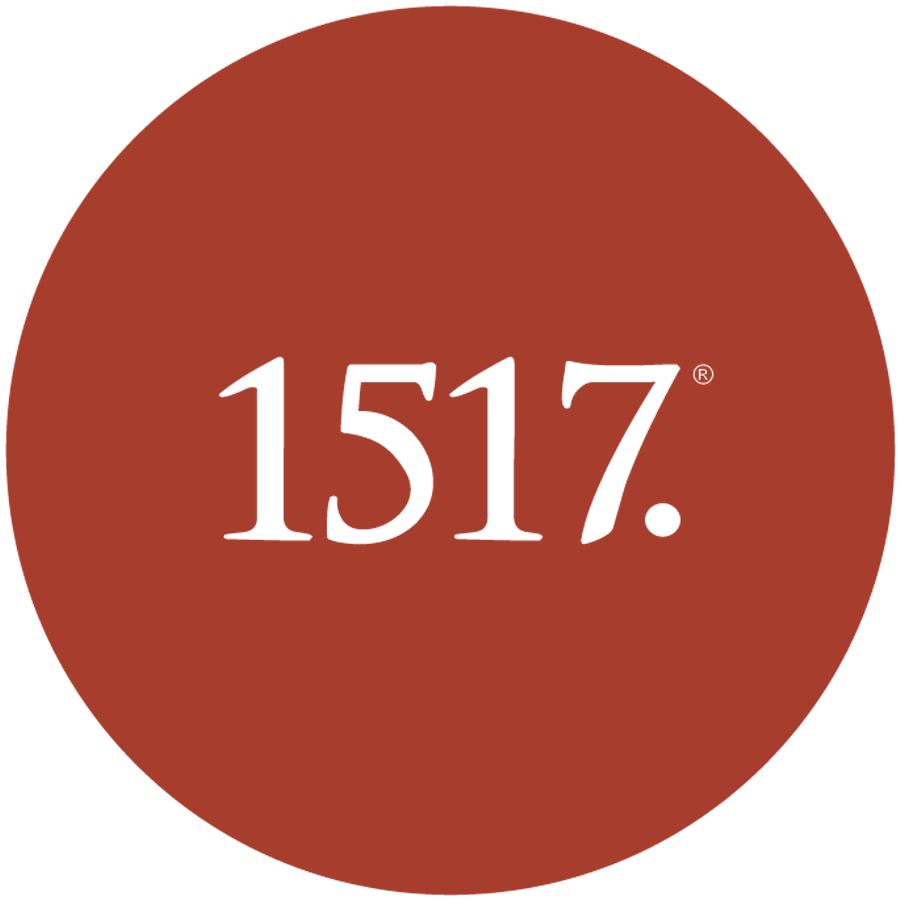
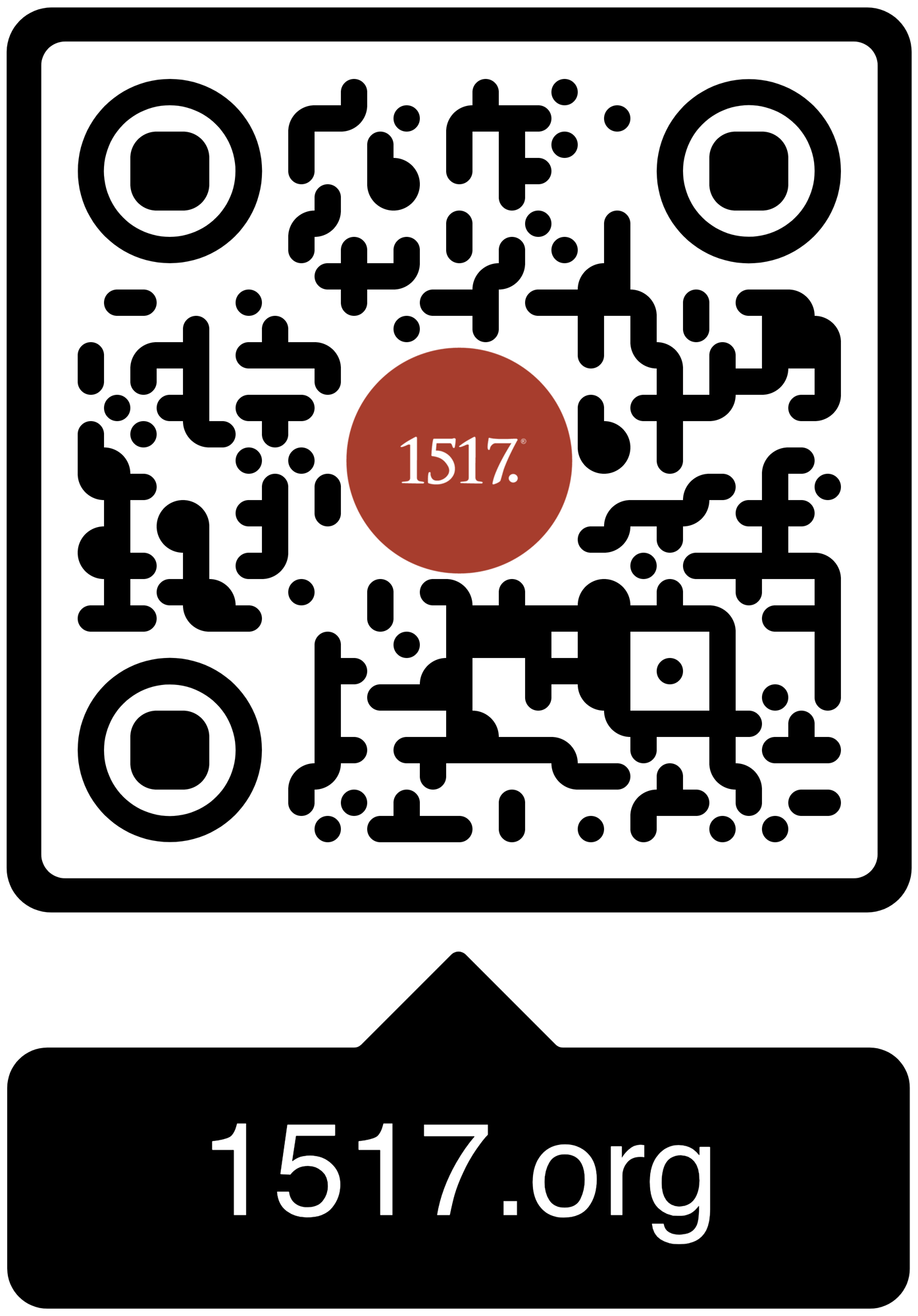
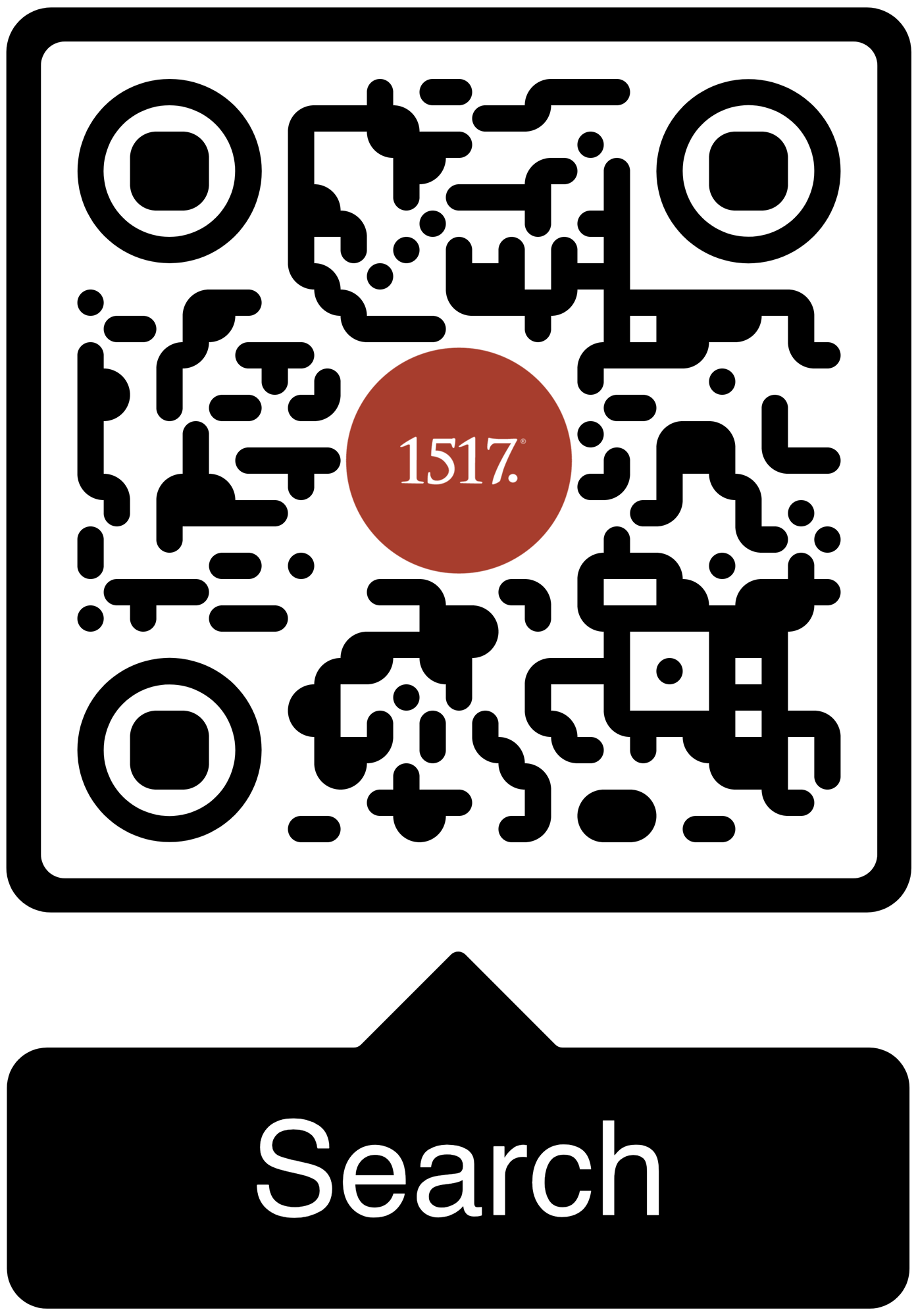
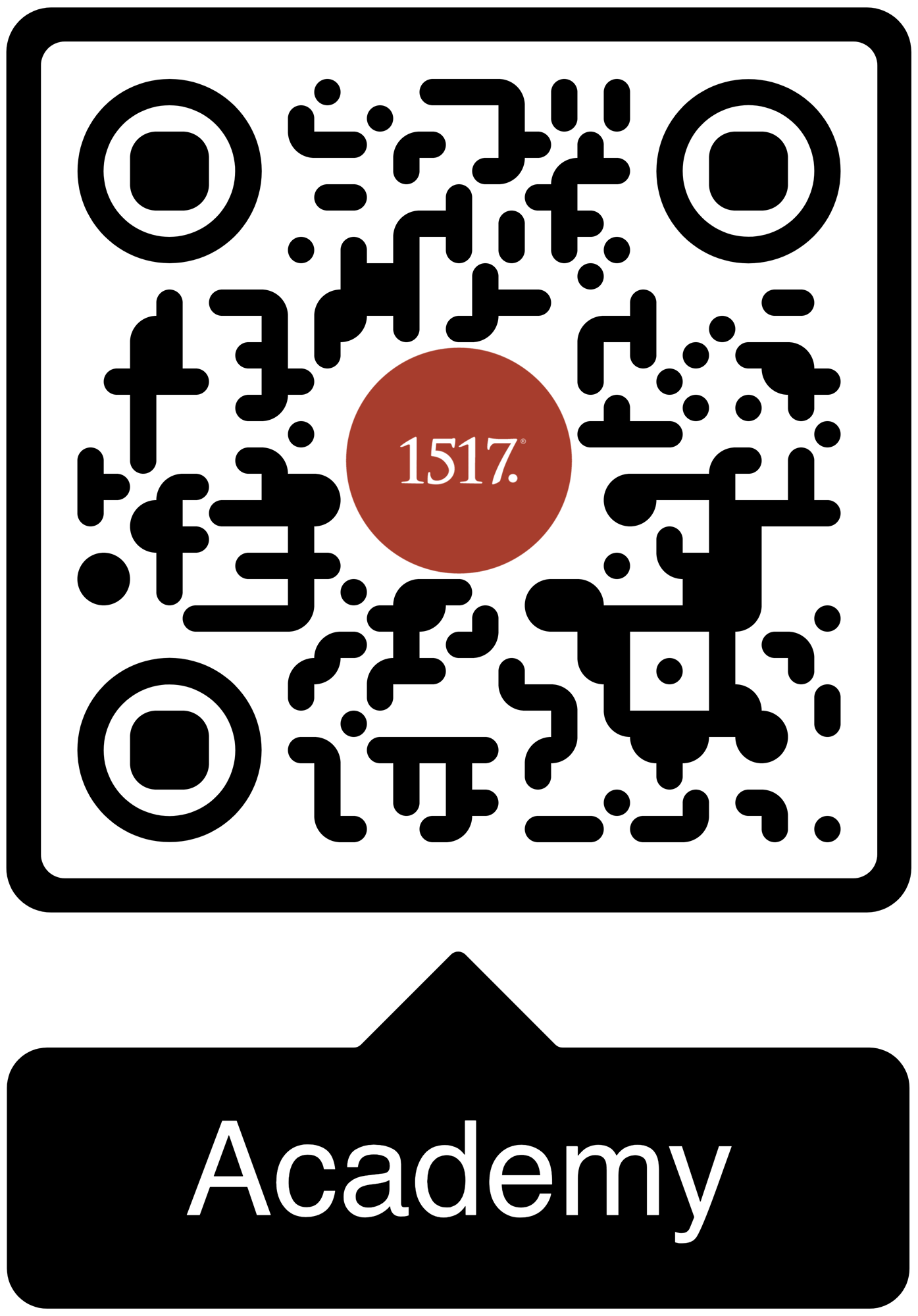
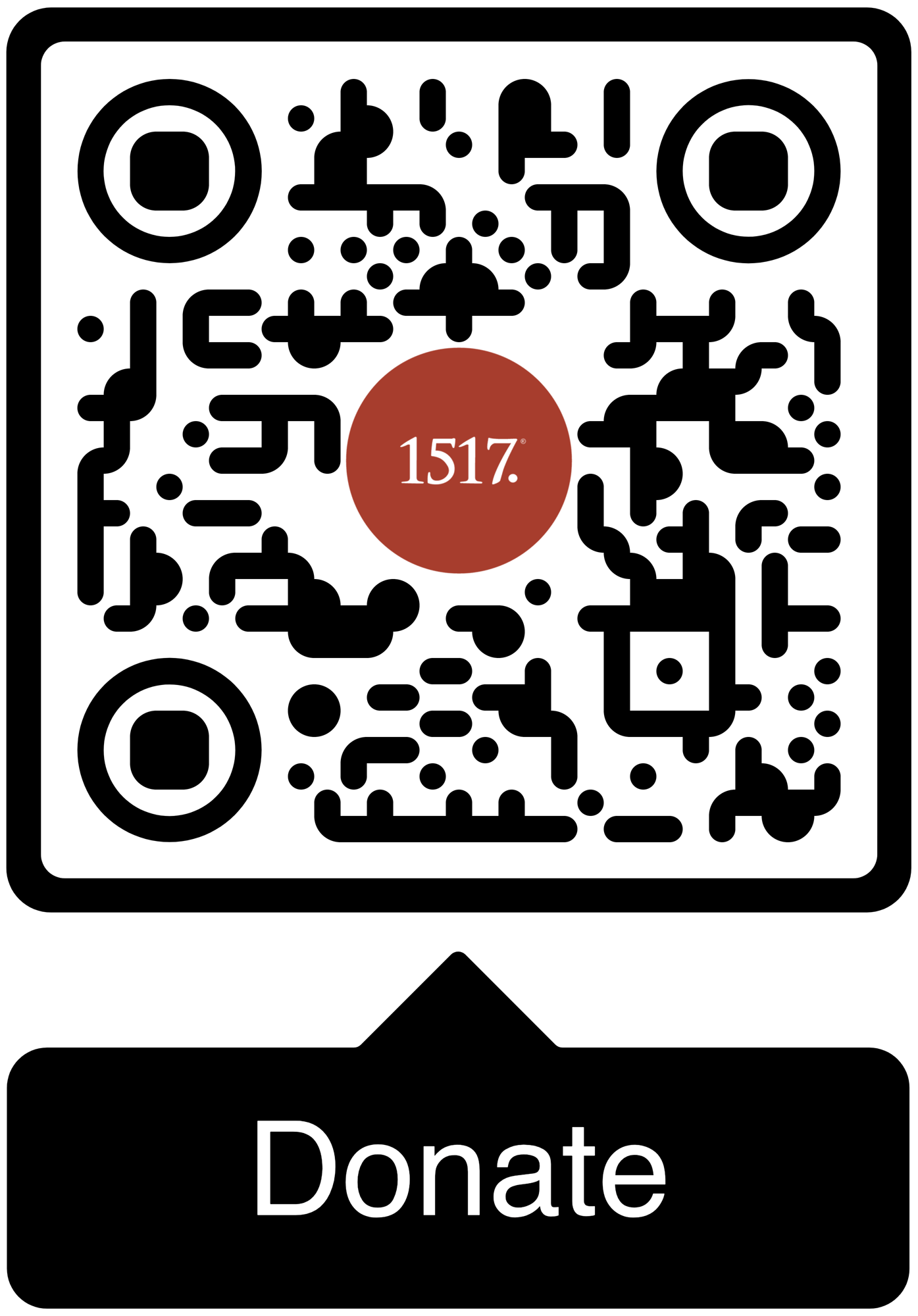
1517 grants permission for our free online resources to be printed, photocopied, and otherwise used freely for private and church use. We require that authorship and source (1517.org) are referenced and maintained. These resources may not be sold or included in any publications for sale.


